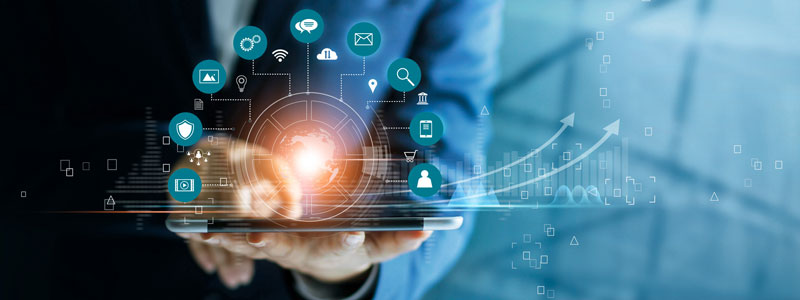5 Software Asset Management Predictions for 2020
 Firstly, I would like to take this opportunity to wish you all a very Happy New Year. I am writing from my favorite coffee shop in Warrington, rather than undoing all the damage I did eating my own bodyweight in Ferrero Rochers over the Christmas break!
Firstly, I would like to take this opportunity to wish you all a very Happy New Year. I am writing from my favorite coffee shop in Warrington, rather than undoing all the damage I did eating my own bodyweight in Ferrero Rochers over the Christmas break!
I’m excited to share some of my Software Asset Management (SAM) predictions for 2020, and the coffee has kicked in, so let’s go!
1. More indirect licensing clauses coming to light
Offering users of one system access to the features and benefits of another system is an unwitting bi-product of an open API architecture, and one that makes software magnetic. Such technical achievements should be viewed as a privilege, not a right—and it’s a privilege that software vendors will be keen to financially exploit.
Interestingly though, I would like to see a legal/forensic examination of audit clauses to cover this. Can audit clauses for one company extend beyond the bounds of their own Intellectual Property?
2. SAM/ITAM wages will rise
The lack of new blood in the SAM/ITAM industry is a worrying trend that could turn the industry into an old boys’ network, and result in a smaller field of experienced individuals demanding higher and higher wages/day rates. We need more formal (and dynamic) academic course for this discipline.
3. SAM/ITAM will get more legal in nature
An often-overlooked element of SAM/ITAM is a comprehension of basic legal concepts around Intellectual Property, and how this translates into IT operations. It was with some delight that I saw Megan Carpenter (Dean and Professor of Law at UNH Franklin Pierce School of Law) launch an online masters course dedicated to managing Intellectual Property. If we have to go toe-to-toe with software vendors around the T&Cs of contract law, then it pays to know the rules under which contract and IP law can be applied.
4. ISO 19770-2 tagging will come into its own
ISO tagging was originally created to help software vendors craft an XML-based tag that would be machine and human readable to help SAM suites recognize their software. Uptake has been patchy at best, but a consequence of creating and customizing tags for your own purposes means that tags can be used to identify the services software installations honor.
The benefits of this? With the right amount of application, you can use SAM to create and maintain your CMDB. There are certain assumptions in such a sweeping statement, but the SAM Charter whitepaper explains it all.
5. CCPA will be a whip that drives better SAM/ITAM
The California Consumer Privacy Act is the States’ version of EU GDPR (General Data Protection Regulations). As of 2020, notices on websites for businesses trading in California have to inform the end user of what personal data is being captured, and seek permission to use that data in the manner they wish. It also seeks to inform end users of how their data might be by third parties.
Certain limits are applied to the companies under this legislation (earning more than $25M per annum, or trading in more than 50,000 personnel records) but expect this legislation to work its way down the economic food chain, and wider across America. Why would you build two information infrastructures: one to accommodate California and another to accommodate the rest of the USA? Such an option won’t scale for enterprises in the United States.
Well that’s all for now. I hope your 2020 is everything you wish for and more; I need more coffee!
Find out more about this blog author, Rory Canavan, by checking out his Twitter page @DNAofITAM or by visiting www.samcharter.com.
